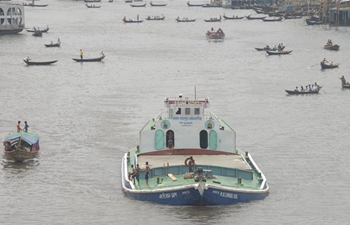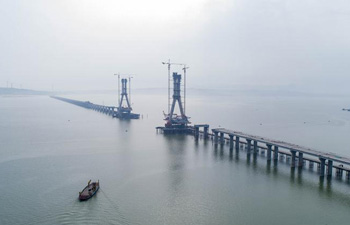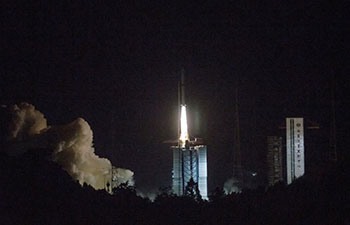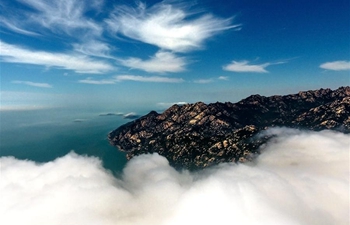CANBERRA, May 23 (Xinhua) -- The Australian agency charged with overseeing the search for missing Malaysia Airlines flight MH370 has defended the way it conducted the search but admitted the possibility of pilot sabotage.
Australian Transport Safety Bureau (ATSB) officials Greg Hood and Peter Foley fronted a Senate hearing late on Tuesday where they were questioned about the bureau's handling of the search.
They rejected claims that the search had ignored the possibility of a rogue pilot performing a controlled ditching, but said it remained an unlikely scenario.
Peter Foley, the director of the ATSB's failed search of 200 million Australian dollars (about 151 million U.S. dollars) for the aircraft in the southern Indian Ocean, said he remained convinced of the bureau's "ghost flight" theory and the eventual search area was based on that theory.
"There's no earthly reason why someone in control of an aircraft would exhaust its fuel and then attempt to glide it when they have the option of ditching," Peter Foley told the Senate Estimates hearing.
"We haven't ever ruled out someone intervening at the end."
Foley told the hearing that the ATSB believes a pilot was in control of the aircraft for at least the first hour and a half after it veered off course 40 minutes into the flight, its radar transponder turned off and radio contact broken.
"It's absolutely evident ... an aircraft doesn't turn itself," he said. "Certainly there were flight controls early in the flight."
But Foley said the scenario in which a pilot was still flying the aircraft at the end of the flight and ditched it under control remained "unlikely."
Amid a host of theories, Foley suggested "the aircraft was probably descending in an uncontrolled manner."
Malaysia Airlines MH370 disappeared on March 8, 2014 with 239 people on board. Primary radar and automatic satellite technology tracked the scheduled flight from Kuala Lumpur to Beijing, as it flew back over Malaysia to Penang, up the Straits of Malacca, and then turned again on a long track south to end up in the southern Indian Ocean.

















